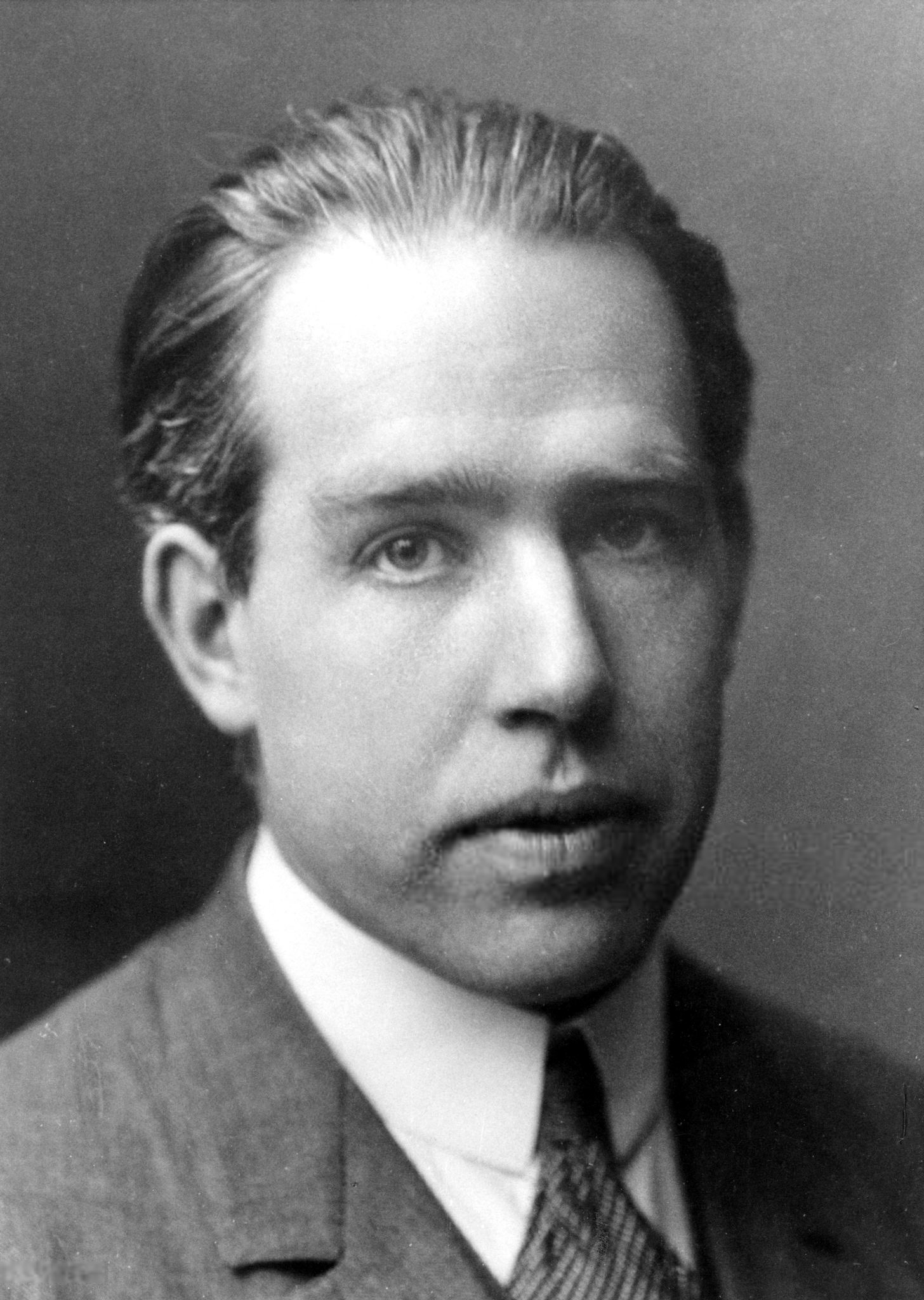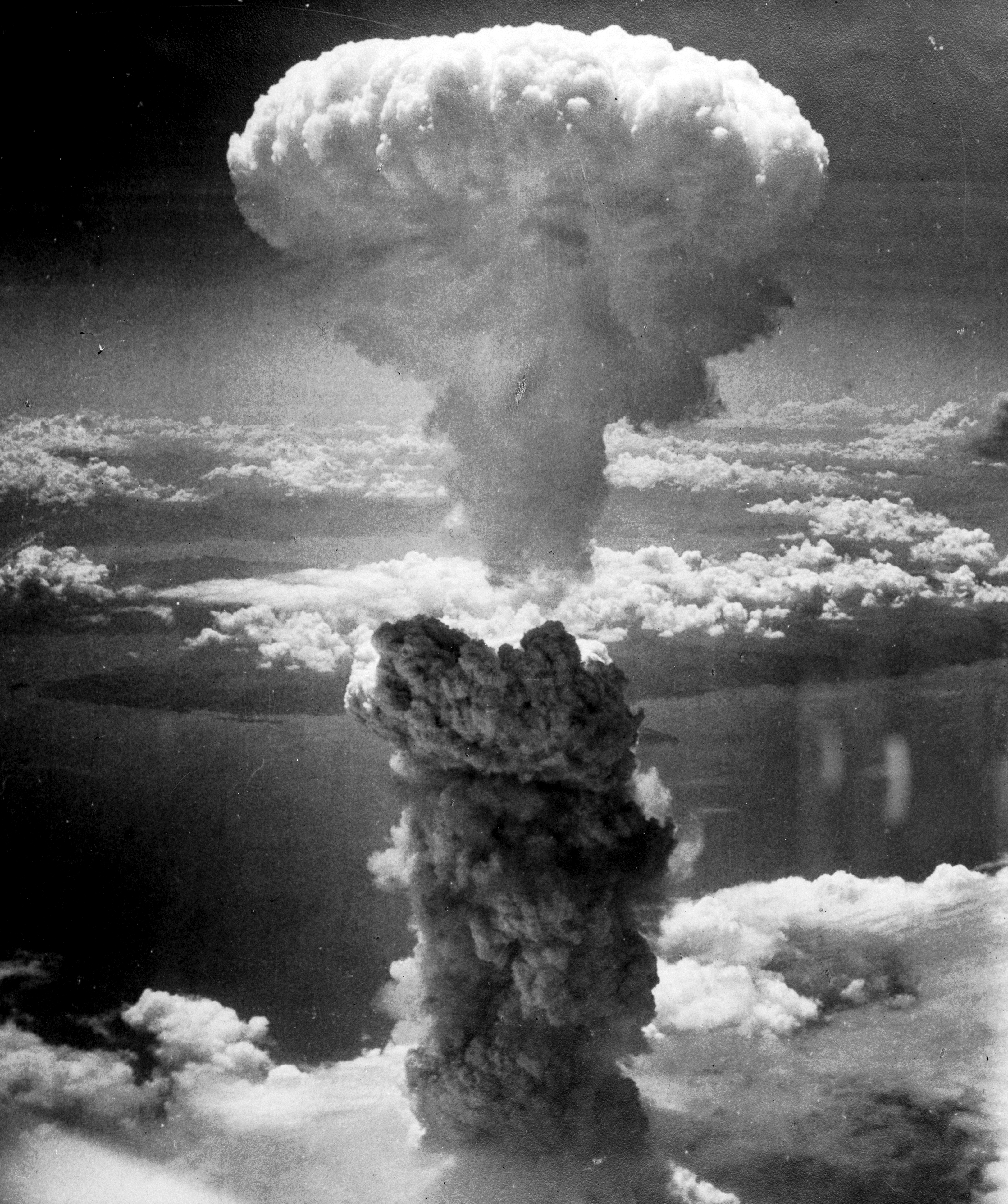|
Bohrium
Bohrium is a synthetic chemical element; it has symbol Bh and atomic number 107. It is named after Danish physicist Niels Bohr. As a synthetic element, it can be created in particle accelerators but is not found in nature. All known isotopes of bohrium are highly radioactive; the most stable known isotope is 270Bh with a half-life of approximately 2.4 minutes, though the unconfirmed 278Bh may have a longer half-life of about 11.5 minutes. In the periodic table, it is a d-block transactinide element. It is a member of the 7th period and belongs to the group 7 elements as the fifth member of the 6d series of transition metals. Chemistry experiments have confirmed that bohrium behaves as the heavier homologue to rhenium in group 7. The chemical properties of bohrium are characterized only partly, but they compare well with the chemistry of the other group 7 elements. Introduction History Discovery Two groups claimed discovery of the element. Evidence of bohrium was first ... [...More Info...] [...Related Items...] OR: [Wikipedia] [Google] [Baidu] |
Bohrium-261
Bohrium (107Bh) is an artificial element. Like all artificial elements, it has no stable isotopes, and a standard atomic weight cannot be given. The first isotope to be synthesized was 262Bh in 1981. There are 11 known isotopes ranging from 260Bh to 274Bh, and 1 nuclear isomer, isomer, 262mBh. The longest-lived isotope is 270Bh with a half-life of 2.4 minutes, although the unconfirmed 278Bh may have an even longer half-life of about 11.5 minutes. List of isotopes , -id=Bohrium-260 , 260Bh , style="text-align:right" , 107 , style="text-align:right" , 153 , 260.12144(21)# , [] , alpha decay, α , 256Db , , -id=Bohrium-261 , rowspan=2, 261Bh , rowspan=2 style="text-align:right" , 107 , rowspan=2 style="text-align:right" , 154 , rowspan=2, 261.12140(19) , rowspan=2, [] , α , 257Db , rowspan=2, (5/2−) , - , Spontaneous fission, SF (rare) , (various) , -id=Bohrium-262 , rowspan=2, 262Bh , rowspan=2 style="text-align:right" , 107 , rowspan=2 style= ... [...More Info...] [...Related Items...] OR: [Wikipedia] [Google] [Baidu] |
Group 7 Element
Group 7, numbered by International Union of Pure and Applied Chemistry, IUPAC nomenclature, is a Group (periodic table), group of elements in the periodic table. It contains manganese (Mn), technetium (Tc), rhenium (Re) and bohrium (Bh). This group lies in the d-block of the periodic table, and are hence transition metals. This group is sometimes called the manganese group or manganese family after its lightest member; however, the group itself has not acquired a trivial name because it belongs to the broader grouping of the transition metals. The group 7 elements tend to have a major group oxidation state (+7), although this trend is markedly less coherent than the previous groups. Like other groups, the members of this family show patterns in their electron configurations, especially the outermost shells resulting in trends in chemical behavior. In nature, manganese is a fairly common element, whereas rhenium is rare, technetium only occurs in trace quantities, and bohrium is ... [...More Info...] [...Related Items...] OR: [Wikipedia] [Google] [Baidu] |
Timeline Of Chemical Element Discoveries
The discoveries of the 118 chemical elements known to exist as of 2025 are presented here in chronological order. The elements are listed generally in the order in which each was first defined as the pure element, as the exact date of discovery of most elements cannot be accurately determined. There are plans to synthesize more elements, and it is not known how many elements are possible. Each element's name, atomic number, year of first report, name of the discoverer, and notes related to the discovery are listed. Periodic table of elements Graphical timeline ImageSize = width:1600 height:120 # barincrement:0 PlotArea = top:70 bottom:30 right:10 left:10 AlignBars = justify Colors = id:gray1 value:gray(0.85) legend:Independent id:gray2 value:gray(0.95) DateFormat = yyyy Period = from:1665 till:2025 TimeAxis = orientation:horizontal ScaleMajor = unit:year increment:10 start:1670 ScaleMinor = unit:year increment:1 start:1665 TextData = textcolor:black fontsize:s ... [...More Info...] [...Related Items...] OR: [Wikipedia] [Google] [Baidu] |
Niels Bohr
Niels Henrik David Bohr (, ; ; 7 October 1885 – 18 November 1962) was a Danish theoretical physicist who made foundational contributions to understanding atomic structure and old quantum theory, quantum theory, for which he received the Nobel Prize in Physics in 1922. Bohr was also a philosopher and a promoter of scientific research. Bohr developed the Bohr model of the atom, in which he proposed that energy levels of electrons are discrete and that the electrons revolve in stable orbits around the atomic nucleus but can jump from one energy level (or orbit) to another. Although the Bohr model has been supplanted by other models, its underlying principles remain valid. He conceived the principle of Complementarity (physics), complementarity: that items could be separately analysed in terms of contradictory properties, like behaving as a Wave–particle duality, wave or a stream of particles. The notion of complementarity dominated Bohr's thinking in both science and philoso ... [...More Info...] [...Related Items...] OR: [Wikipedia] [Google] [Baidu] |
Chemical Symbol
Chemical symbols are the abbreviations used in chemistry, mainly for chemical elements; but also for functional groups, chemical compounds, and other entities. Element symbols for chemical elements, also known as atomic symbols, normally consist of one or two letters from the Latin alphabet and are written with the first letter capitalised. History Earlier symbols for chemical elements stem from classical Latin and Greek language, Greek words. For some elements, this is because the material was known in ancient times, while for others, the name is a more recent invention. For example, Pb is the symbol for lead (''plumbum'' in Latin); Hg is the symbol for mercury (element), mercury (''hydrargyrum'' in Greek); and He is the symbol for helium (a Neo-Latin name) because helium was not known in ancient Roman times. Some symbols come from other sources, like W for tungsten (''Wolfram'' in German) which was not known in Roman times. A three-letter Systematic element name, temporary sym ... [...More Info...] [...Related Items...] OR: [Wikipedia] [Google] [Baidu] |
Transition Metal
In chemistry, a transition metal (or transition element) is a chemical element in the d-block of the periodic table (groups 3 to 12), though the elements of group 12 (and less often group 3) are sometimes excluded. The lanthanide and actinide elements (the f-block) are called inner transition metals and are sometimes considered to be transition metals as well. They are lustrous metals with good electrical and thermal conductivity. Most (with the exception of group 11 and group 12) are hard and strong, and have high melting and boiling temperatures. They form compounds in any of two or more different oxidation states and bind to a variety of ligands to form coordination complexes that are often coloured. They form many useful alloys and are often employed as catalysts in elemental form or in compounds such as coordination complexes and oxides. Most are strongly paramagnetic because of their unpaired d electrons, as are many of their compounds. All of the elements that are ... [...More Info...] [...Related Items...] OR: [Wikipedia] [Google] [Baidu] |
Period 7 Element
A period 7 element is one of the chemical elements in the seventh row (or period) of the periodic table of the chemical elements. The periodic table is laid out in rows to illustrate recurring (periodic) trends in the chemical behavior of the elements as their atomic number increases: a new row is begun when chemical behavior begins to repeat, meaning that elements with similar behavior fall into the same vertical columns. The seventh period contains 32 elements, tied for the most with period 6, beginning with francium and ending with oganesson, the heaviest element currently discovered. As a rule, period 7 elements fill their 7s shells first, then their 5f, 6d, and 7p shells in that order, but there are exceptions, such as uranium. Properties All period 7 elements are radioactive. This period contains the actinides, which include plutonium, the last naturally occurring element; subsequent elements must be created artificially. While the first five of these synthetic elemen ... [...More Info...] [...Related Items...] OR: [Wikipedia] [Google] [Baidu] |
Superheavy Element
Superheavy elements, also known as transactinide elements, transactinides, or super-heavy elements, or superheavies for short, are the chemical elements with atomic number greater than 104. The superheavy elements are those beyond the actinides in the periodic table; the last actinide is lawrencium (atomic number 103). By definition, superheavy elements are also transuranium elements, i.e., having atomic numbers greater than that of uranium (92). Depending on the definition of group 3 element, group 3 adopted by authors, lawrencium may also be included to complete the 6d series. Glenn T. Seaborg first proposed the actinide concept, which led to the acceptance of the actinide series. He also proposed a transactinide series ranging from element 104 to unbiunium, 121 and a superactinide series approximately spanning elements unbibium, 122 to 153 (though more recent work suggests the end of the superactinide series to occur at element 157 instead). The transactinide seaborgium was name ... [...More Info...] [...Related Items...] OR: [Wikipedia] [Google] [Baidu] |
Synthetic Element
A synthetic element is a known chemical element that does not occur naturally on Earth: it has been created by human manipulation of fundamental particles in a nuclear reactor, a particle accelerator, or the explosion of an atomic bomb; thus, it is called "synthetic", "artificial", or "man-made". The synthetic elements are those with atomic numbers 95–118, as shown in purple on the accompanying periodic table: these 24 elements were first created between 1944 and 2010. The mechanism for the creation of a synthetic element is to force additional protons into the Atomic nucleus, nucleus of an element with an atomic number lower than 95. All known (see: Island of stability) synthetic elements are unstable, but they radioactive decay, decay at widely varying rates; the half-lives of their longest-lived isotopes range from microseconds to millions of years. Five more elements that were first created artificially are strictly speaking not ''synthetic'' because they were later found in ... [...More Info...] [...Related Items...] OR: [Wikipedia] [Google] [Baidu] |
Lead-208
Lead (82Pb) has four observationally stable isotopes: 204Pb, 206Pb, 207Pb, 208Pb. Lead-204 is entirely a primordial nuclide and is not a radiogenic nuclide. The three isotopes lead-206, lead-207, and lead-208 represent the ends of three decay chains: the uranium series (or radium series), the actinium series, and the thorium series, respectively; a fourth decay chain, the neptunium series, terminates with the thallium isotope 205Tl. The three series terminating in lead represent the decay chain products of long-lived primordial 238U, 235U, and 232Th. Each isotope also occurs, to some extent, as primordial isotopes that were made in supernovae, rather than radiogenically as daughter products. The fixed ratio of lead-204 to the primordial amounts of the other lead isotopes may be used as the baseline to estimate the extra amounts of radiogenic lead present in rocks as a result of decay from uranium and thorium. (See lead–lead dating and uranium–lead dating.) The long ... [...More Info...] [...Related Items...] OR: [Wikipedia] [Google] [Baidu] |




